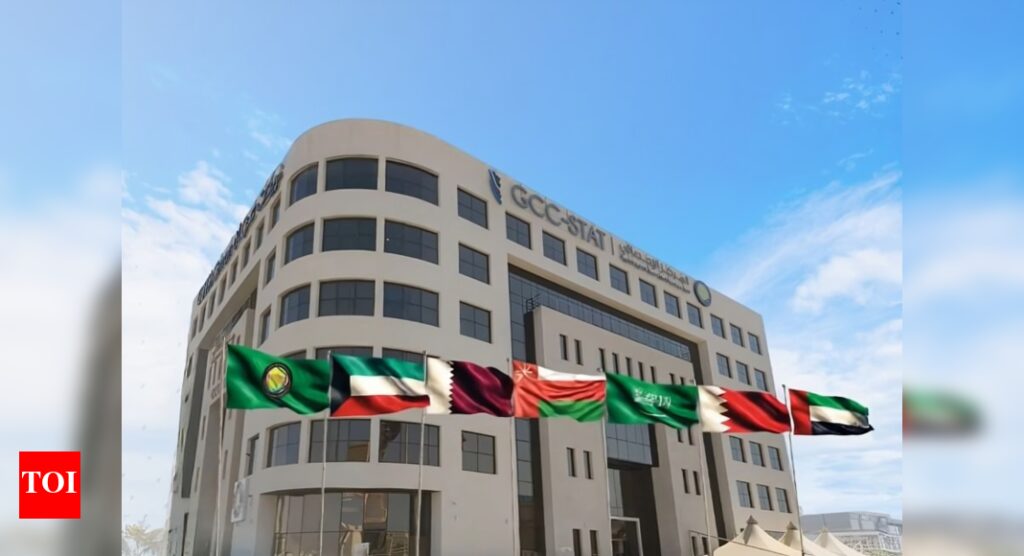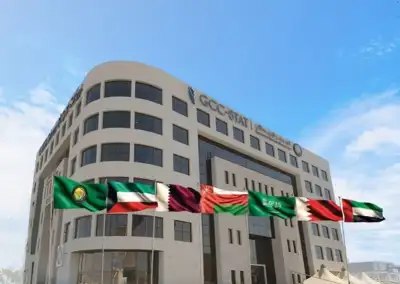GCC stat: Gulf population hits 61.2 million but why are there so many more men than women | World News

TL;DR:The GCC has one of the highest male-to-female ratios in the world, 169 men for every 100 women.Labor migration is the main reason, especially in sectors like construction, transport, and logistics.The imbalance affects everything from housing and social planning to long-term development goals.By the end of 2024, the population of the Gulf Cooperation Council (GCC) countries reached 61.2 million. That’s a big number and a growing one. But behind that headline is another story that’s often overlooked.According to the latest figures from GCC-Stat, there are about 38.5 million men in the region, compared to just 22.7 million women. That means roughly 63% of the population is male.To put that in context, the global average is 101 men for every 100 women. In the Gulf, it’s 169 men for every 100 women. This isn’t just a small imbalance, it’s one of the highest gender gaps in the world.So how did we get here? And what does it mean for the region’s future?
What’s behind the gender gap?
Mostly men move in for workThe reason is simple, the Gulf brings in a lot of male migrant workers. These men fill jobs in industries like construction, logistics, oil, and services. Most of them come alone. Women migrants are fewer, and usually work in sectors like domestic help or caregiving.According to the International Labour Organization, 83% of migrant workers in the Arab states are men. That’s much higher than the global average, where women make up about 41% of migrant labor.In countries like the UAE, this shows up clearly. Recent population data from June 2025 shows:
- A near 50/50 gender split in children aged 0–14.
- But from age 15 up, men far outnumber women, especially in the working-age bracket (25–54), where men account for more than twice the number of women.
This pattern isn’t new, but it’s getting bigger as the population grows.
What are the consequences?
Cities built for men?The gender gap shapes how cities develop. In many places, housing is designed for single men or bachelor workers. Social services, from healthcare to transport are geared toward a transient male workforce.This creates challenges:
- Family formation is harder when men far outnumber women.
- Planning public spaces becomes difficult when the population is mostly made up of temporary, male residents.
- Long-term integration of migrant workers into society remains a complicated issue.
And it’s not just social. This imbalance has real economic consequences too especially if governments want to encourage stable, diverse communities and more equal opportunity.
Is this sustainable?
Not in the long runRight now, the system works kind of. The labor model brings in the manpower needed for big infrastructure and development projects. But experts say this is not sustainable if Gulf countries want to build more inclusive, long-term societies.Many Gulf states are already shifting focus to:
- Local workforce development (e.g. Emiratisation, Saudisation).
- Attracting more skilled migrants, including women.
- Encouraging family life and
long-term residency for expats .
But the numbers don’t lie. As of 2025, the gender imbalance is still large and growing.
A quiet challenge, hiding in plain sight
The Gulf’s rapid growth comes with many headlines from smart cities to mega-projects. But behind the population stats lies a quieter issue: a demographic structure that’s heavily skewed toward men.Fixing it won’t be easy. It means rethinking labor policy, city planning, and migration rules. But it’s necessary if the region wants to build more balanced and stable societies.
FAQs
- Q1. Why is the
GCC gender ratio so high?
Because of the large number of male migrant workers brought in for jobs in construction, oil, and other sectors. Most come alone and stay for short- to medium-term work.
- Q2. Is the gender imbalance the same across all GCC countries?
No. It varies, but countries like the UAE and Qatar have some of the highest ratios due to the size of their migrant workforce.
- Q3. What are governments doing about it?
Some are promoting workforce nationalisation and offering residency paths to skilled migrants. Others are looking at ways to make cities more family-friendly and attract long-term residents.







